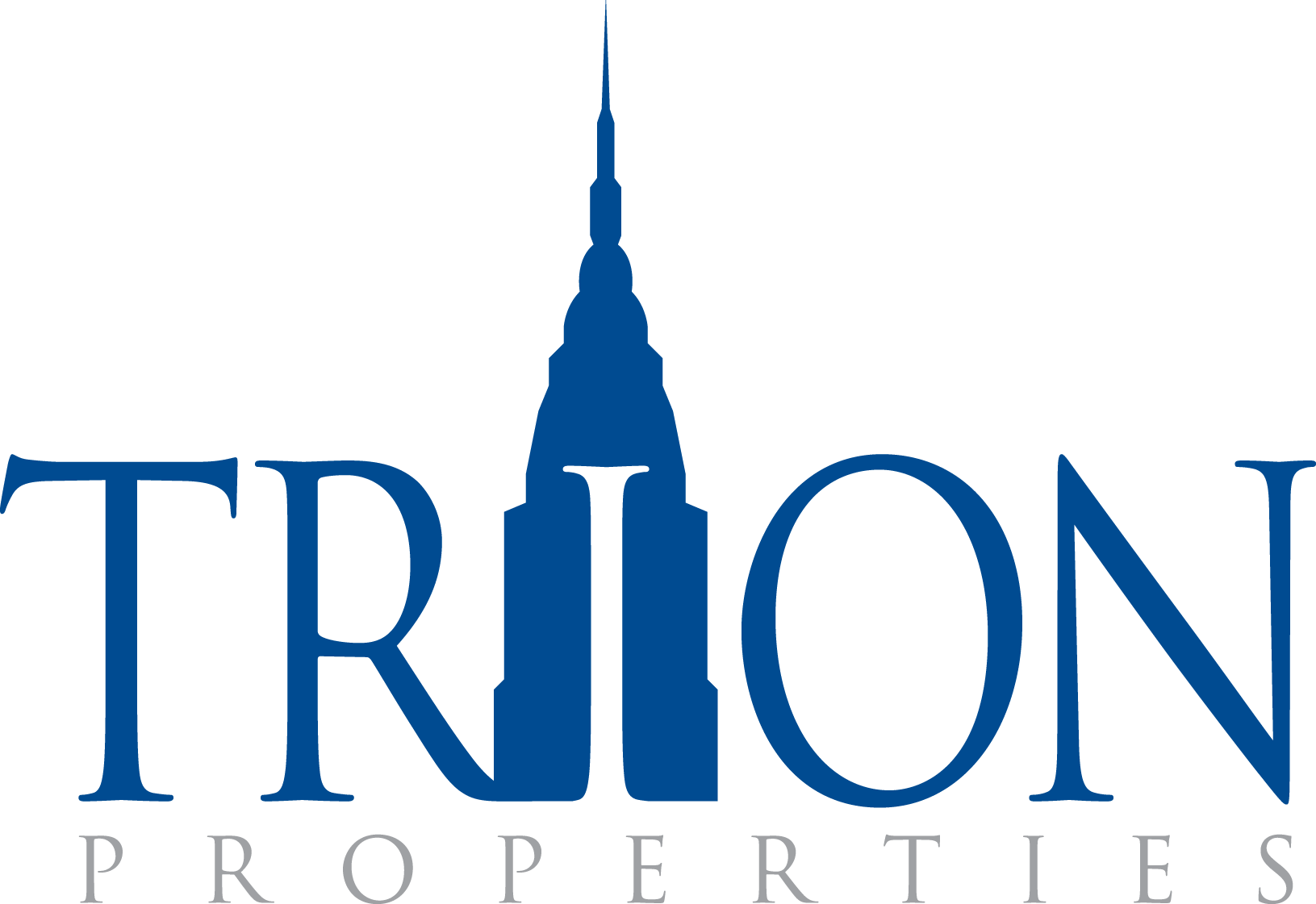Rising Interest Rates and Multifamily Real Estate:
What to Know (Part 1)
by Max Sharkansky
Managing Partner at Trion Properties
After a banner 2021, will rising rates dampen returns for multifamily investors?
For some considering multifamily real estate investment, a common worry goes something like this: If the Federal Reserve (Fed) hikes rates, then, Treasury rates will go up triggering a similar upward move in capitalization (cap) rates, which in turn, will cause property values to decline and dampen total returns. For traditional, long-duration investments, rising rates are a clear negative for returns. Therefore, one might deduce that this cause and effect would also apply to multifamily real estate, correct?
Not exactly. Assessing the impact of rising rates on the performance of multifamily real estate investments is a nuanced assignment.
Multifamily real estate shows healthy potential for NOI growth
First, let’s examine the important role of earnings growth and the challenge of managing borrowing costs. We’ll start with an important axiom: certain real estate assets are more vulnerable to rising rates than others. All else being equal, assets with greater earnings potential (NOI growth) should be able to withstand greater rate increases than those with lower earnings potential.
The direct cap rate approach to asset valuation shows us how greater earnings potential can insulate asset values from cap rate increases. If asset value = NOI/cap rate, then growth in the numerator (NOI) can help offset any simultaneous increases in the denominator (cap rates).
How does the forecast look for earnings growth in the multifamily sector? In short, quite positive. As we recently discussed, multifamily fundamentals are strong. Demand drivers include a healthy labor market and rebounding household formations. As a result, vacancy rates are near cyclical lows, renters are actively leasing apartments, and operators are implementing robust rent increases. Plus, many would-be homebuyers are priced out of the market—and rising mortgage rates are making homeownership even less affordable, creating greater demand for multifamily rental housing.
It’s also important to note that the Fed is hiking rates in response to inflation. Will inflation eat into the multifamily sector’s earnings growth? Not likely. In fact, multifamily real estate is particularly well-positioned to succeed in an environment of rising inflation. Apartments traditionally have short-term leases, often with one-year initial terms which then reset monthly. As such, leases can be frequently repriced to reflect inflation and capitalize on increased demand.
In 2021, these healthy fundamentals supported unprecedented growth in multifamily NOIs, which climbed nearly 18%. Looking ahead, experts believe rent growth will remain positive in 2022, although it will likely moderate from last year’s accelerated pace to a more reasonable, yet still-elevated level.
How can sponsors address the cost of financing?
When rates are rising, managing the cost of financing becomes a key focus for sponsors. It’s important to note, though, that an increase in Treasury rates does not always produce an equal increase in borrowing costs. Margins, or loan spreads, charged by lenders can actually be reduced during periods of rising rates. Such narrowing of loan spreads is often seen in competitive lending markets—such as multifamily, where agency lenders are active.
That said, sponsors must be carefully attuned to the cost of financing and can employ several tactics during periods of rising rates. For new acquisitions, sponsors can adjust underwriting assumptions and apply stress tests and scenario analysis across a range of factors, including interest rates, inflation, and cap rates to chart various paths to achieving targeted risk-adjusted returns. Sponsors can also seek to control borrowing costs by financing new acquisitions with fixed-rate debt.
For existing assets, floating-rate debt can be a concern, given that financing costs will rise as interest rates increase. Derivatives, such as swaps and swaptions, can help hedge rate risk by effectively turning floating-rate debt into fixed-rate debt.
Trion’s approach to success in a rising rate environment
The multifamily sector appears well-positioned to successfully navigate the current macroeconomic environment characterized by rising inflation and climbing interest rates. That said, not all multifamily properties, strategies, or funds will fare equally well.
At Trion Properties, our proven value-add strategy is designed to optimize NOI and add economic value to each investment through extensive renovations and hands-on management. Because we invest in assets with substantial earnings potential and take a proactive approach to improve NOI, we believe our multifamily portfolio has considerable ability to withstand interest rate increases.
Furthermore, we target markets where we can successfully operate throughout the real estate cycle—not just when times are good. Our prudent investment approach enables us to ride out difficult environments, then exit once conditions have improved. For assets with compounding annual NOI growth, time can heal most wounds caused by rising cap rates.
Lastly, as it pertains to managing the cost of financing, we are fixing rates when possible and using derivatives to hedge risk on floating-rate debt. We have also purchased multiple assets in the last year with assumable long-term fixed-rate debt.
In part two of this article, we look at cap rate dynamics and historical total returns.

